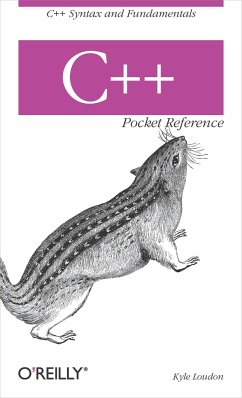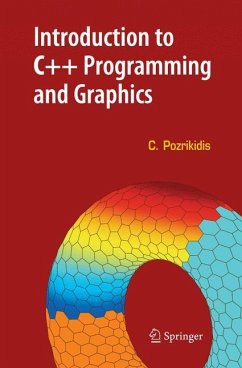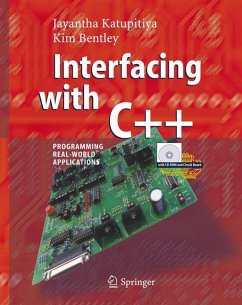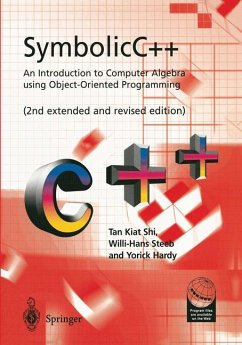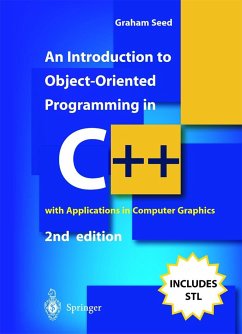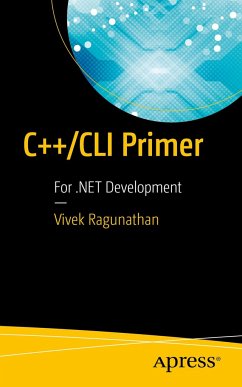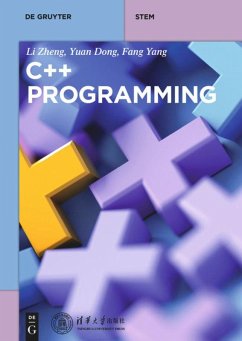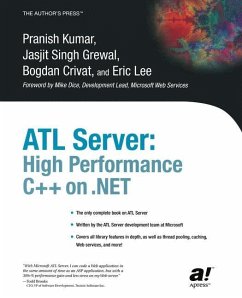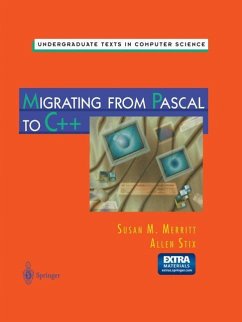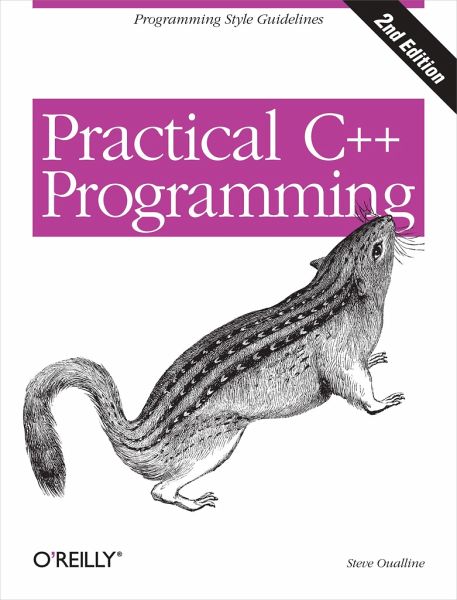
Practical C++ Programming 2e
Versandkostenfrei!
Versandfertig in 2-4 Wochen
47,99 €
inkl. MwSt.
Weitere Ausgaben:

PAYBACK Punkte
24 °P sammeln!
C++ is a powerful, highly flexible, and adaptable programming language that allows software engineers to organize and process information quickly and effectively. But this high-level language is relatively difficult to master, even if you already know the C programming language.
The 2nd edition of Practical C++ Programming is a complete introduction to the C++ language for programmers who are learning C++. Reflecting the latest changes to the C++ standard, this 2nd edition takes a useful down-to-earth approach, placing a strong emphasis on how to design clean, elegant code.
In short, to-the-point chapters, all aspects of programming are covered including style, software engineering, programming design, object-oriented design, and debugging. It also covers common mistakes and how to find (and avoid) them. End of chapter exercises help you ensure you've mastered the material.
Practical C++ Programming thoroughly covers:
- C++ Syntax
- Coding standards and style
- Creation and use of object classes
- Templates
- Debugging and optimization
- Use of the C++ preprocessor
- File input/output
Steve Oualline's clear, easy-going writing style and hands-on approach to learning make Practical C++ Programming a nearly painless way to master this complex but powerful programming language.
The 2nd edition of Practical C++ Programming is a complete introduction to the C++ language for programmers who are learning C++. Reflecting the latest changes to the C++ standard, this 2nd edition takes a useful down-to-earth approach, placing a strong emphasis on how to design clean, elegant code.
In short, to-the-point chapters, all aspects of programming are covered including style, software engineering, programming design, object-oriented design, and debugging. It also covers common mistakes and how to find (and avoid) them. End of chapter exercises help you ensure you've mastered the material.
Practical C++ Programming thoroughly covers:
- C++ Syntax
- Coding standards and style
- Creation and use of object classes
- Templates
- Debugging and optimization
- Use of the C++ preprocessor
- File input/output
Steve Oualline's clear, easy-going writing style and hands-on approach to learning make Practical C++ Programming a nearly painless way to master this complex but powerful programming language.




